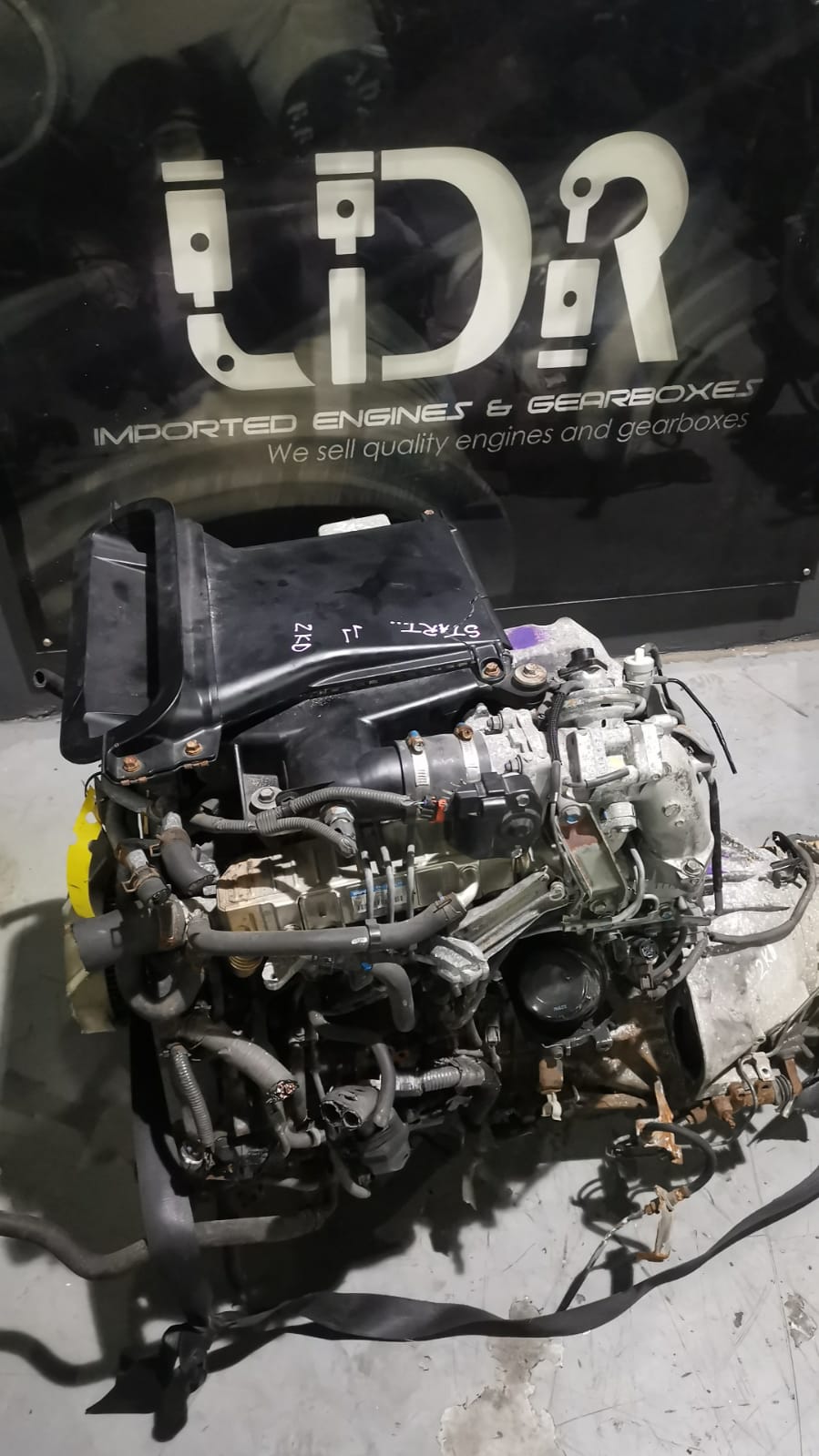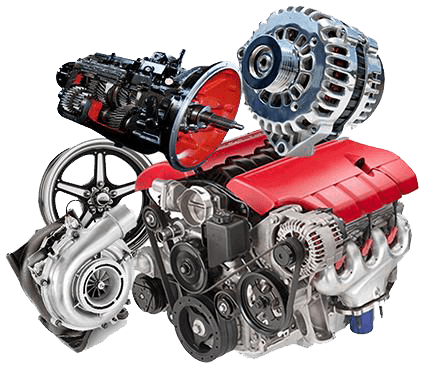Comprehensive Testimonial of a Subcompact Vehicle's Powertrain Capabilities
In the realm of auto design, the powertrain of a subcompact automobile stands as a crucial nexus where performance, performance, and advancement converge. When looking at the elaborate web of elements that move these lorries ahead, one reveals a symphony of design wonders waiting to be explored. From the engine's unrelenting pursuit of optimum efficiency to the transmission's seamless choreography of power distribution, every component plays a vital role in defining the total driving experience. Beyond the surface exists a chest of understandings waiting to be discovered, guaranteeing a much deeper understanding of just how these powertrains truly fare in the world of practical application.
Engine Performance Analysis
In evaluating the engine efficiency of the subcompact auto, an extensive analysis discloses its performance and power outcome under different driving conditions. The subcompact automobile's engine, an essential component of its powertrain system, shows extensive efficiency metrics. The engine's effectiveness is noteworthy, as it optimizes gas usage without jeopardizing power shipment. Under normal driving problems, the engine operates efficiently, showcasing a balance between performance and fuel economic situation.
In addition, when subjected to rigorous screening scenarios such as high-speed acceleration or uphill climbs up, the engine demonstrates strength and responsiveness. Its power outcome continues to be consistent, giving sufficient velocity when needed. The subcompact auto's engine is tailored to satisfy the needs of urban driving, where quick velocity and nimble maneuverability are essential.
Moreover, the engine's layout incorporates contemporary innovations that boost its efficiency characteristics. Functions like turbocharging or variable valve timing add to boosted power delivery and torque, enhancing the overall driving experience. Finally, the engine efficiency of the subcompact automobile emphasizes its capacity to supply reliable and reputable power output across different driving conditions.
Transmission Effectiveness Examination
Assessing the subcompact auto's transmission effectiveness entails evaluating its performance in transmitting power perfectly across different driving conditions. The efficiency of a transmission system is important as it straight affects the total efficiency and gas economic situation of the vehicle.
One usual approach made use of to review transmission performance is with dynamometer testing, where the power outcome from the engine is determined at the input and output shafts of the transmission. Discrepancies between input and result power can suggest the level of efficiency of the transmission system. Additionally, real-world driving examinations are performed to examine just how the transmission executes in practical situations. By examining these aspects, designers can identify areas for improvement and optimize the transmission system for far better general performance and efficiency.
Gas Effectiveness Examination
The analysis of the subcompact automobile's gas effectiveness involves a detailed analysis of its usage prices under various driving problems. Fuel effectiveness is an essential consider assessing the general performance and cost-effectiveness of a lorry. By determining the amount of fuel consumed per device range traveled, usually revealed as miles check it out per gallon (MPG) or liters per 100 kilometers (L/100 kilometres), the performance of the subcompact automobile's powertrain can be established.

In addition, innovations in technology, such as hybrid systems, regenerative braking, and automated start-stop systems, have actually substantially boosted gas effectiveness in contemporary subcompact cars and trucks. Makers remain to innovate and optimize powertrain elements to improve fuel performance while fulfilling efficiency demands and ecological laws. Examining a subcompact cars and truck's fuel effectiveness provides beneficial understandings for consumers looking for lasting and cost-effective transportation remedies.
Acceleration and Handling Assessment
An indispensable aspect of examining the performance her latest blog capacities of a subcompact cars and truck depends on analyzing its velocity and dealing with characteristics. Velocity is essential as it establishes exactly how quickly the lorry can reach wanted speeds, affecting overall driving experience and maneuverability in different web traffic conditions. opel corsa engine. Subcompact autos are typically preferred for their nimbleness and agility, making velocity from grinding halt and during surpassing maneuvers essential aspects to consider
When it pertains to taking care of, a subcompact automobile's capacity to navigate corners, preserve security at high speeds, and provide a receptive guiding feel are vital. Limited city streets and winding roads need specific taking care of to guarantee motorist self-confidence and safety. Elements such as suspension tuning, weight distribution, and tire grip play significant functions in figuring out a subcompact car's overall handling expertise.

Powertrain Elements Review
Upon diving into the complexities of a subcompact cars and truck's efficiency, a detailed evaluation of its powertrain parts is vital to realize the automobile's mechanical bases. The powertrain of a subcompact cars and truck normally contains the engine, transmission, driveshaft, differential, and axles. The engine, often a smaller sized displacement four-cylinder in a subcompact car, is accountable for producing power by shedding gas and converting the power into mechanical force. The transmission, whether handbook or automated, transfers this power to the wheels via the driveshaft. The differential allows the wheels to turn at various rates when turning, improving maneuverability. Additionally, the axles transmit power from the differential to the wheels, enabling activity. Comprehending how these parts work with each other is essential in analyzing a subcompact automobile's total efficiency, efficiency, and driving characteristics. In the following section, we will dive deeper right into the specific functions and communications of each powertrain component to offer a thorough introduction of a subcompact vehicle's powertrain abilities.
Final Thought
In verdict, the subcompact auto's powertrain capacities have actually been extensively assessed in regards to engine efficiency, important source transmission performance, gas effectiveness, handling, and acceleration. The comprehensive review highlights the relevance of each component interacting perfectly to deliver optimal efficiency. Generally, the powertrain components of the subcompact vehicle have been located to be effective and healthy, making it a dependable selection for motorists seeking a small and fuel-efficient automobile.
In the realm of automotive engineering, the powertrain of a subcompact car stands as an important nexus where innovation, effectiveness, and efficiency converge.In examining the engine performance of the subcompact cars and truck, an extensive evaluation exposes its efficiency and power outcome under numerous driving conditions.Examining the subcompact car's transmission effectiveness involves examining its efficiency in transmitting power perfectly throughout numerous driving conditions. Comprehending how these components work with each other is essential in examining a subcompact car's general efficiency, performance, and driving characteristics.In conclusion, the subcompact automobile's powertrain abilities have actually been completely evaluated in terms of engine efficiency, transmission efficiency, fuel efficiency, acceleration, and handling.